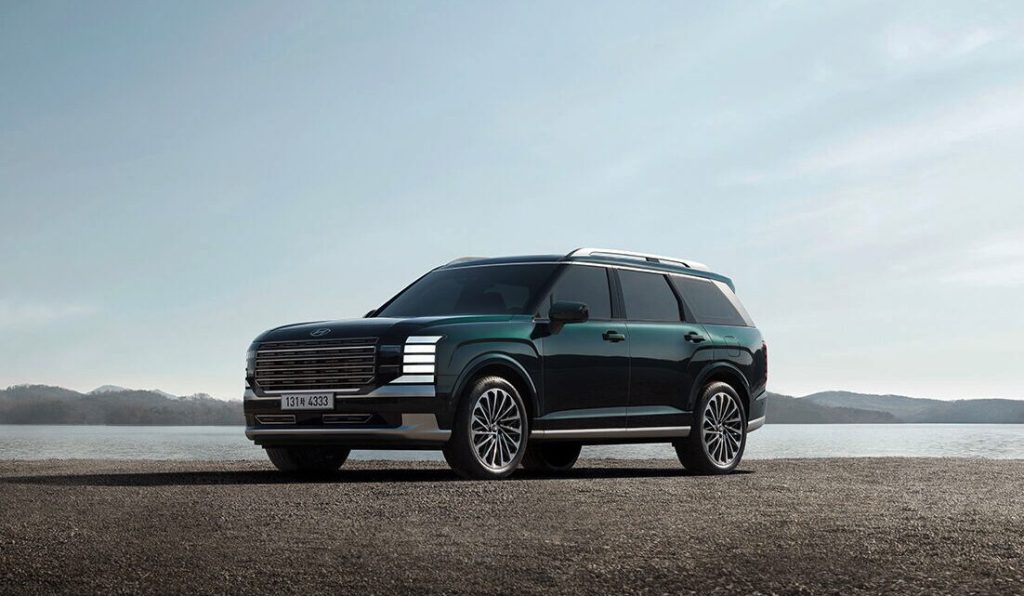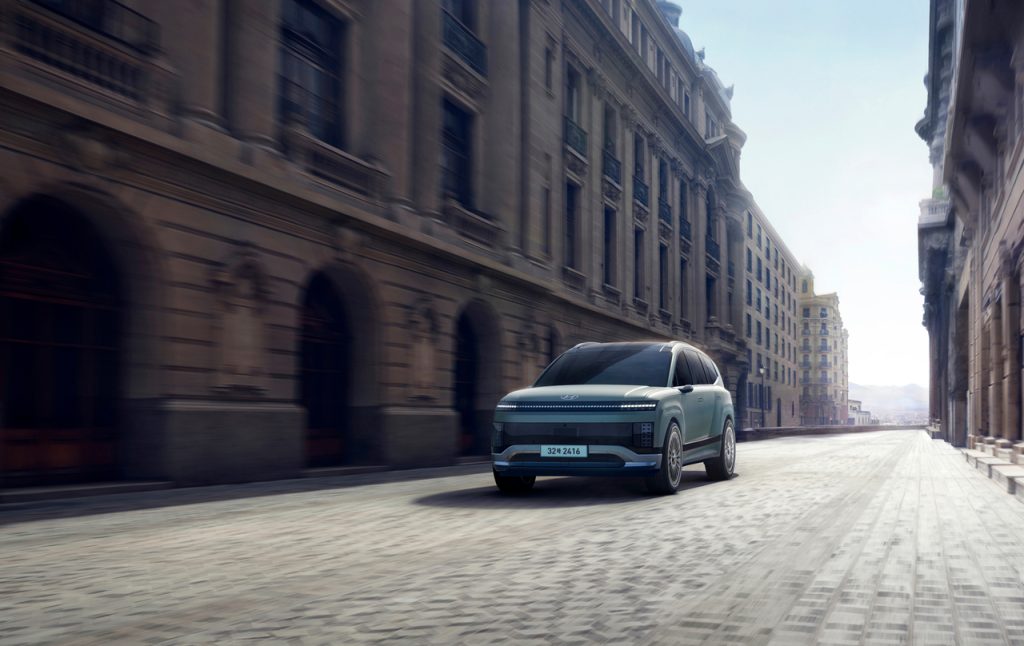Hyundai’s Rise to Prominence in the Automotive Industry

From its humble beginnings as a small Korean company known for producing cheap and unreliable vehicles, Hyundai has transformed itself into the third-largest automaker in the world, outperforming industry giants like Ford, Honda, and General Motors. This remarkable journey is a testament to the vision, tenacity, and adaptability of the company and its founder, Chung Joo Young.
The Early Years: Overcoming Adversity
Chung Joo Young’s story is a classic rags-to-riches tale. Born in 1915 in a small village in what is now North Korea, he grew up in poverty under harsh Japanese colonial rule. Despite his dreams of becoming a schoolteacher, he had to drop out of school at age 14 to work on his family’s farm. However, Chung was determined to escape poverty and create a better life for himself.
At the age of 16, he left his home village and embarked on a journey that led him to various jobs, including construction work and handyman positions. His work ethic impressed the owner of a rice store where he was employed as a delivery man, and he quickly rose through the ranks to become the store accountant. At 22, Chung took over the business, renaming it the Kyungseong Rice Store.
However, disaster struck when the Japanese colonial government established a rice rationing system, forcing Chung to close his business. Undeterred, he ventured into the car repair business in 1940, opening the Ado Service Garage. Despite lacking knowledge about cars, Chung hired a talented mechanic and focused on providing affordable prices and excellent customer service. The business thrived, but it was short-lived as the Japanese government took over the garage in 1942 as part of their war efforts.
Post-War Rebirth and Expansion
After Korea gained independence from Japan, Chung reopened his repair shop in 1946, naming it the Hyundai Auto Service Center, with “Hyundai” meaning “modern” in English. The business grew rapidly, serving Japanese jalopies and U.S. military trucks. Witnessing the lucrative contracts awarded to construction companies, Chung founded the Hyundai Construction Company in 1947.
The construction company faced initial struggles but gained momentum by building U.S. Army quarters and auxiliary sites. The Korean War forced Chung to evacuate to Busan, where he and his brother worked various jobs. However, a help-wanted sign by the U.S. Army led to a turning point, as Chung’s company began building barracks for American soldiers. This partnership with the U.S. Army proved to be a masterstroke, positioning Hyundai to handle numerous orders after the war.
Hyundai secured a contract for the restoration of the Goryeong Bridge in 1953, the country’s largest project at the time. Despite lacking the necessary equipment and experience, Chung persevered, learning valuable lessons about heavy equipment and advanced machinery. This experience, coupled with a high credit score from the Ministry of Interior, allowed Hyundai to secure loans and expand its business.
Global Ambitions and Government Support
Chung’s ambition extended beyond domestic success, and he became the first in Korea to take his construction business international. Hyundai secured billion-dollar projects in Saudi Arabia and Bahrain, transforming the company into a global conglomerate. This growth was facilitated by special treatment from the South Korean government, which provided financial subsidies, loan guarantees, and tax breaks to Hyundai and other family-owned conglomerates known as “chaebols”.
Entering the Automobile Industry
Despite his success in construction, Chung never lost sight of his passion for the automobile industry. In 1967, he founded the Hyundai Motor Company, partnering with Ford to assemble their vehicles under license. The Hyundai Cortina, based on the Ford Cortina, was initially unsuccessful due to poor road conditions in South Korea. However, Chung remained determined, and as road conditions improved, the Cortina gained popularity.
Building a Car on Their Own Terms
When Ford refused to allow Hyundai to distribute the Cortina overseas and share profits equally, Chung terminated the contract in 1974. He partnered with Mitsubishi for engines and rear axles and hired European engineers to design the Hyundai Pony. The Pony, a car suitable for unpaved roads and priced affordably, became an instant hit in South Korea and was exported worldwide.

Breaking into the American Market
In 1985, Hyundai released the Excel, a new model that met U.S. emissions standards, allowing the company to enter the American car market. Priced at just $4,995, the Excel sold a remarkable 168,000 units in its first year in the U.S. However, Hyundai’s early reputation was marred by quality and reliability issues, leading to jokes and plummeting sales.

Quality Transformation and Global Recognition
To address its quality problems, Hyundai invested heavily in research and development, adopted best practices from leading automakers like Toyota and Honda, and implemented rigorous quality checks. The company launched a 10-year, 100,000-mile powertrain warranty to demonstrate its commitment to quality. These efforts paid off, as Hyundai’s reliability ratings improved, and it began to shed its reputation as a budget brand.
In 1998, Hyundai acquired Kia Motors, forming the Hyundai Motor Group. This partnership allowed the two companies to share technology platforms and top staff, further enhancing their competitiveness. Hyundai recruited talent from European brands like Volkswagen, Bentley, Lamborghini, Audi, Skoda and BMW. Hyundai’s sales continued to rise in the 21st century and they became one of the top car brands.
Recent Successes and Innovative Models
Hyundai’s commitment to innovation and sustainability has led to the development of impressive electric vehicles (EVs). The Hyundai Ioniq 5, with its Electric Global Modular Platform (E-GMP), has received widespread acclaim for its futuristic design, range, and fast charging capabilities. In 2023, U.S. sales of the Ioniq 5 increased by 90%.
Hyundai is expanding its EV lineup with models like the Ioniq 9, a three-row electric SUV. The Ioniq 9 features a pixelated design, advanced safety features, and a spacious interior with a flat floor. It supports both 400-volt and 800-volt charging platforms, allowing for extremely fast charging times.

Commitment to Sustainability and Future Technologies
Hyundai is committed to sustainability and has set a goal to become carbon neutral by 2045. The company is investing in environmentally friendly manufacturing processes and cutting greenhouse gas emissions throughout its supply chain. Hyundai is also exploring alternative powertrains, including hydrogen fuel cell technology.
Looking ahead, Hyundai is focused on autonomous driving, smart mobility, and electrification. The company is investing in robotics, autonomous driving technology, and even flying taxis. While some automakers have scaled back their ambitions in these areas, Hyundai remains committed to pushing the boundaries of what is possible.
